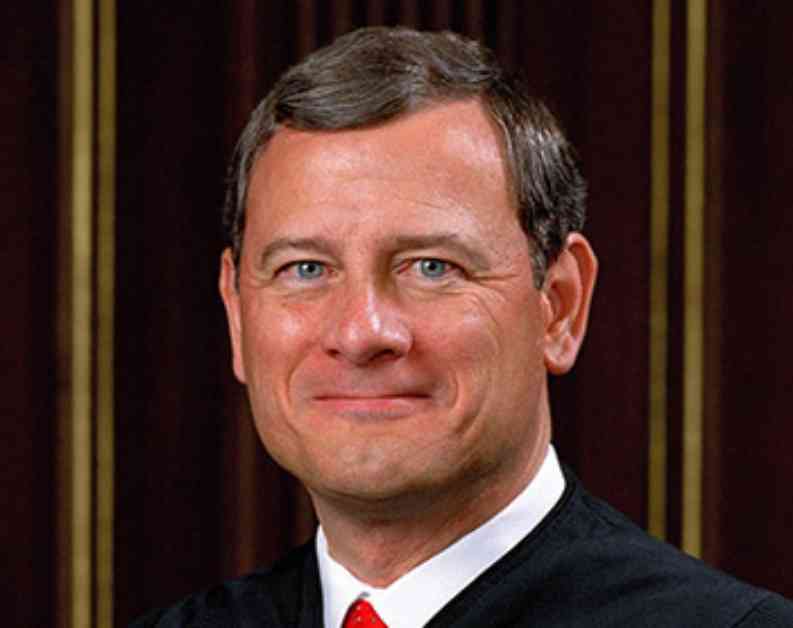Chief Justice Roberts Exerted Influence on Trump-Favorable Rulings, Reveals Internal Information
A confidential memo and disclosures regarding internal deliberations have shed light on Chief Justice John Roberts’ active role in three U.S. Supreme Court decisions that ultimately benefited former President Donald Trump. According to a report by the New York Times, Roberts strategically steered the high court towards rulings advantageous to Trump, raising questions about the impartiality and independence of the judiciary.
In the confidential memo, Roberts urged his fellow Supreme Court justices to consider the issue of presidential immunity from prosecution, providing a “startling preview” of the court’s eventual ruling. This memo was drafted in response to Trump’s attempts to halt his trial for allegedly attempting to overturn the 2020 election results based on claims of immunity. Roberts’ memo indicated his belief that the Supreme Court would view the case differently from the federal appeals court that had ruled in favor of the prosecutors.
The immunity decision was just one of three instances in which Roberts allegedly used his authority to influence the Supreme Court’s decisions in favor of Trump. The New York Times article draws on details from private memos, documentation of proceedings, and interviews with court insiders to uncover Roberts’ role in these cases. The Chief Justice wrote the court’s opinion in all three cases, which are as follows:
Trump v. United States: In this July decision, the court ruled that presidents have absolute immunity when exercising core constitutional powers and presumptive immunity for acts falling within the scope of their official responsibilities.
Trump v. Anderson: An unsigned decision from March held that Colorado lacked the authority to remove Trump from the primary ballot, asserting that Congress, not the states, should enforce the constitutional ban on insurrectionists holding office.
Fischer v. United States: In a June decision, the court ruled that the Capitol rioters from January 6, 2021, could not be charged with obstruction, as their actions did not impede the availability or integrity of official documents in the proceedings. This decision had implications for Trump, who was also facing charges related to obstructing the certification of the 2020 election results.
Roberts’ confidential memo in Trump v. United States reportedly aligned with the views of the liberal justices, who opposed delaying the case, but he ultimately disregarded their stance. His memo criticized the appellate court’s opinion allowing Trump’s trial for election interference, branding it as inadequate and poorly reasoned. Despite Justice Sonia Sotomayor’s efforts to find common ground, Roberts did not engage, leaving her isolated in her position.
The dynamics within the Supreme Court during these cases reveal a notable divergence of opinions among the justices. While Justices Kavanaugh and Gorsuch praised Roberts’ work on the opinions, Justice Alito faced a reassignment of writing duties in Fischer v. United States following controversy over his personal actions during the Capitol riot. Justice Ketanji Brown Jackson’s willingness to join the majority opinion on the obstruction statute, with certain conditions, highlighted the nuanced negotiations taking place behind the scenes.
Roberts’ decision to assign himself seven majority opinions, including five in significant cases, raised concerns about whether he had taken on too much responsibility. The New York Times article delves into the implications of Roberts’ actions on the court’s integrity and the perception of judicial independence.
As the revelations about Chief Justice Roberts’ influence on Trump-favorable rulings continue to unfold, the public and legal community are left grappling with the implications of these behind-the-scenes maneuvers on the highest court in the land. The delicate balance between judicial independence and political influence remains a central theme in the ongoing discourse surrounding the U.S. Supreme Court and its decisions.















